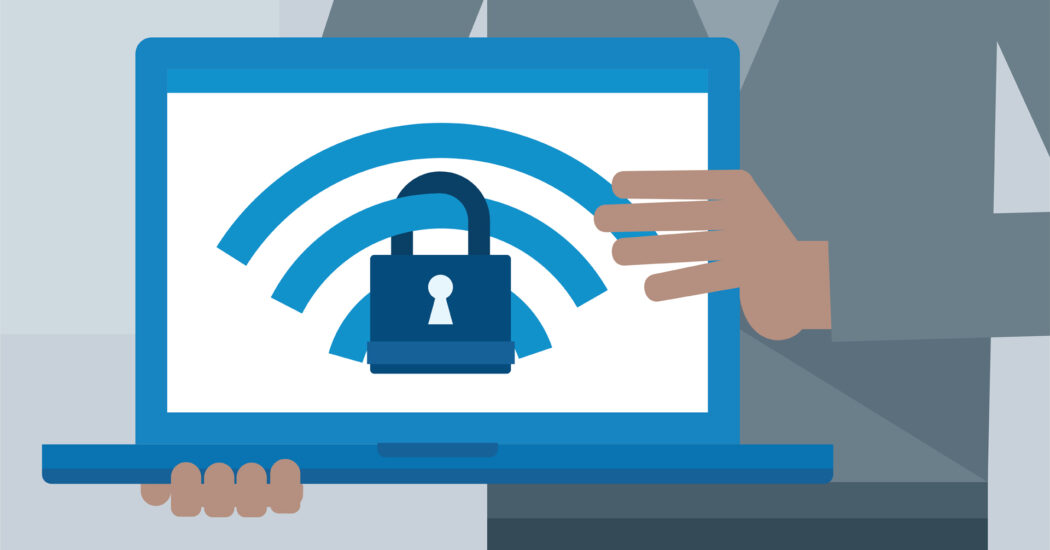The modern home network is rather robust and encompasses numerous devices. It is also exposed to more security risks than ever before, and it is imperative that you actively secure your home network.
Securing Your Router
Internet providers are not liable when your personal info or important data leaked on the internet. HughesNet internet and other internet providers are constantly reminding us to be extra cautious with our personal information and often send us tips on how to avoid getting scammed and hacked.
Properly securing your home network begins with securing your wireless router. This is where the gravest vulnerabilities exist and common mistakes are made. The most common misstep home users make is using their router with the ID and password provided by the manufacturer or the internet service providers. The default ID—called an SSID or ESSID depending on the router—should be a unique name. The username and password—which are often admin and admin on devices from the factory—should be changed as well. Just make sure that the username is reasonably unique. As for the password, you will want to ensure a strong string, which means at least 12 characters long, at least one digit, a symbol and so forth.
There are various wireless security protocols available, such as WEP, WPA and WPA2. WPA2 is by far the most effective and is what is recommend by security experts for home networks. If your router does not support WPA2, it is highly advised that you upgrade to one that does. It is also advisable that you invest in a hardware firewall. A hardware firewall monitors all incoming and outcoming data, and that provides an extra layer of security, including for devices that are not normally protected, such as a doorbell.
Use Software Firewalls Too
Having a hardware firewall does not preclude the need for software firewalls. The reason is that hardware firewalls are better at protecting you from external threats whereas software firewalls are better at protecting you from internal threats. Experts recommend using software firewalls on all devices that support them, including smartphones and tablets, but desktop and laptop computers are certainly where the greatest emphasis should be since this is where the most threats are.
Use a Virtual Private Network
A virtual private network is a server that you connect to prior to connecting to the internet. Think of it as a tunnel to the internet, and that value is that it protects your identity. A good VPN service is a relatively small cost each month, and it can provide added security for most of the devices you use.
Update All Devices on a Regular Basis
Threats to your network and computer security are constantly evolving. A big mistake home users make is getting complacent and not updating, which means you are susceptible to the latest threats. A good way to keep on top of this is to have a set time. Perhaps you choose the first Saturday of every month. Take an hour or so to upgrade all operating systems and devices. Update all software as well. Update the router firmware and hardware firewall software. This is also a good time to change passwords.
Use a Malware Scanner
Be mindful that there is all manner of malware that may not be detected by your firewalls. It is a good idea to run malware-specific detection and removal, such as Malwarebytes. You can do this during the same session where you update all of your software and passwords.
Final Thoughts
Invest in a cloud service that offers plenty of space for your entire family. Ensure that all of your important data is backed up to the cloud. In the event you suffer a breach, having all of your important data on the cloud will make it much easier to scrub your home network and start over.







